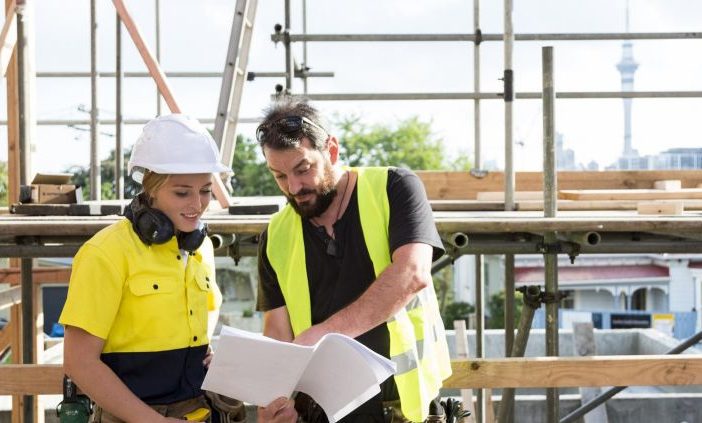A decline in dwelling consents has alleviated pressure on New Zealand’s residential construction sector, leading to a slowdown in building activities and price growth, CoreLogic Chief Property Economist Kelvin Davidson says

The latest Cordell Construction Cost Index (CCCI) shows construction costs rose 0.6% in the June quarter, in line with the March figures but well below the average quarterly increases of 2% recorded in 2021 and 2022.
The annual rate of change in the CCCI has also slowed to 6.4%, still above the decade average of around 4.5%, but a significant improvement from the peak of 10.4% recorded in late 2022.
Dwelling consents have fallen 10% to less than 46,000 this year, still very high compared to post-GFC figures of 14,000.
Although we’re also seeing the actual volume of building work start to drop, the construction industry is still busy as it works through the pipeline of previously-approved consents.
The widely-anticipated slowdown in consents has alleviated some pressure on the construction materials supply chain in recent months while also slightly reduced workloads for builders, which means that the growth in costs isn’t as intense as it was in 2022.”
Last year’s quarterly rate of increase averaged about 2.5%, compared to the 0.6% rate of growth in each of the two quarters of 2023 so far.
From a material perspective, timber prices had stabilised in 2023, with some structural timber costs falling. Similarly, metal prices have also remained steady or fallen slightly, with some drops for structural steel recorded lately.
Changes to the H1 energy efficiency and insulation standards, which kicked in on 1 May, 2023, could have the potential to add 3% to 5% to the overall cost of a standard build.
It’s possible that the overall CCCI may well have slowed even further in Q2, had it not been for the new roof, window, wall, and underfloor insulation building code changes.
The number of new dwelling consents was likely to fall further and that as the pipeline of construction came to completion, workloads would also continue to moderate over the next two to three years.
The ease in demand and opening on capacity for builders would restrain construction costs, however he noted the impact of migration flows on labour supply was a trend that would need to be watched closely.
The expectation is the quarterly rate of change in the CCCI will continue to grow around 0.5% for the rest of 2023, taking the annual change to less than 3% by the end of the year.
That’s not going to mean the cost to build a new home is going to be cheaper, but it does provide some reassurance to buyers that costs won’t increase at the same rapid rate we’ve experienced in the past two years.
CoreLogic researches, tracks and reports on materials and labour costs which flows through to its Cordell construction solutions to help businesses make more informed decisions, estimate rebuild and insurance quotes easily and, ultimately, appropriate risk effectively.
The CCCI report measures the rate of change of construction costs within the residential market for a typical, ‘standard’ three-bedroom, two-bathroom brick and tile single-storey dwelling.
For more information or to read the report, visit www.corelogic.co.nz/reports/cordell-construction-cost-index.










